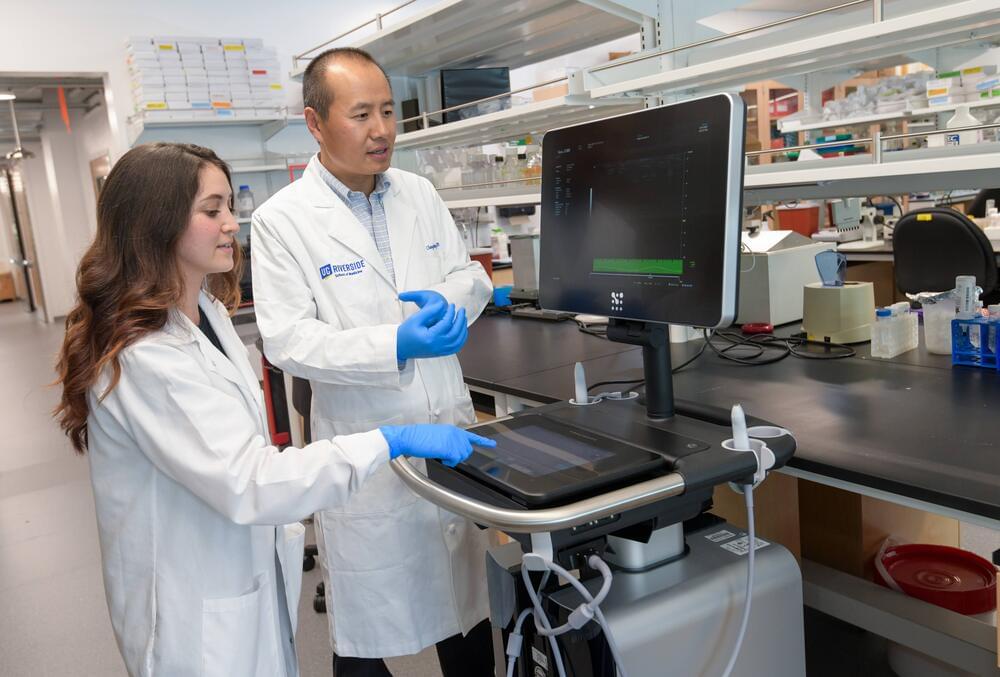In a surprise revelation, Toyota has sent shockwaves throughout the automotive world with an all-new engine that melds combustion technology with the potential for zero emissions. This stealth development may transform our thinking about green energy and the future of transportation. For two decades, the world has been struggling over what the road to sustainable transport would look like, and to date, EVs have proven a front-runner. However, Toyota’s latest development puts a monkey wrench into that thinking by suggesting that a hydrogen-powered combustion engine may be what carries us into the future.
While Toyota is no stranger to innovation—it gave the world its first mass-produced hybrid, the Prius, back in 1997—it has traditionally taken a more cautious approach toward anything resembling an electric vehicle. Less conservatively speaking, the hydrogen-powered combustion engine signifies a quantum leap. This latest motor technology is based on a variant of the same 1.6-liter turbocharged three-cylinder used in its GR Corolla and GR Yaris. Instead, it relies on hydrogen, not traditional gasoline, to run the engine, making it cleaner than conventional combustion engines.
This innovative engine could also hold the key to one of the most significant challenges for the car-making industry: balancing high performance with sustainability. While electric cars take away that visceral experience from driving enthusiasts, Toyota’s hydrogen engine ensures a gasoline-powered car’s rumble, response, and mechanical integrity. The company tested it thoroughly through the grueling conditions of motorsports, including endurance events such as the Fuji 24 Hours.








